Salai Van Cung Lian (UK)
Every year on November 11 in the UK, the country falls silent to commemorate the war dead. This ritual, and the ceremonies and symbols that accompany it, have become part of national life. This year's ceremony coincides with the 100th anniversary of World War 1 also known as the Great War.
The Great War is associated in European minds with the Great Powers of the Western world, troops from Great Britain, France and Russia in conflict with German and Austria-Hungarian soldiers. Many people are unaware that over 3000 Chin served in the Great War and many served in World War 2. Some people are aware the Chin involvement in World War 2. Many fought alongside the famous Major-General Orde Charles Wingate and his Chindit (Lions in Burmese) Force, The Chin Hills Battalion, The Chin Levies etc … But, very few people are aware of the Chin involvement in World War I.

In 1914, 56 members the Chin Hills Battalion volunteered for drafting to the Indian division in France, where they served with distinction and 42 were killed in action. In 1916 and 1917, more than 3,000 Chin Labour corps were transported to the front line in France and Mesopotamia. They carried out duties such as loading military equipments and rations to train compartments, loading coal to train engines, un-loading train coaches, carrying munitions, ammunition column works, digging trenches, building roads, laying railway tracks and burying the dead soldiers. 33 Chin labourers gave their life and the majority of them were buried in France.
The recruitment did not go smoothly in some areas as Thado-Kuki, Hakha and Falam (Khuangli tribe) openly revolted against the British government in order to stop the recruitment. As a result of the rebellion raised by these three groups, many people died and the villages that revolted against the British were severely punished. They were put at making roads and making an artificial lake. The “Ralkap Tili (Soldier’s Lake)” in Hakha, Falam Cinmual football field, Falam Taungpat (tlanghel) road are the legacy of World War 1. Today, Millions wear the poppy flower to remember those who killed in Wars and I think we should remember those who were killed with the Chin Hills Battalion, those who served and died as a labour corps and those who died resisting the actions of the British government.
Who is the Chin?
The Chin State, also known as the Chin Hills situated in a tract of hills forming part of the western frontier of Myanmar (formerly known as Burma) with India is the homeland of a group of tribes known as the Chin. The British conquered the Chin Hills in 1892 and ruled separately from Burma and India with the Chin Hills Regulation Acts 1896 until, the Chin Hills decided to join the Union of Burma in 1948. Since, then Chin State remains within the Union of Myanmar.
Mizo/ LuseiChin Labour Corps
During the Great War, a recruitment drive took place across Chin Hills to find men willing to travel to Europe or Mesopotamia (Iraq and Kuwait) as a labour. In 1917, the British government summoned the youth across the then Lushai Hills and gathered 2100 youth in Aizawl. They were divided in to four labour companies. They departed Aizawl on 27 April 1917 and reached Marselles (France) on June 20 1917 and Paris on 2 Junly 1917. They were transported to a place called “Monchy-au-Bois” and they stayed there for 5 months. They moved around from camp to camp. Their main duties were loading military equipment and rations into train compartments, loading coal to train engines, un-loading train coaches. The British paid their salary when they reached Aizawl. Each youth received Rupees 250 – 1,000 (Depended on how much money he drew while he was in France). During their journey and their time in France, the youth composed many songs, the below is one of them.” German doral hraichawi banah kai ang che, I sakhming khuavel a thang ngei ang””kan lamzawl Buangkhua a ngai lawm ni? Di zawng then tum thlangkawrvaiah mihrang chu, Tanchhawn an zawng ta e val rualin”. From this Lusei labour groups, 10 young men died.
Chin Labour Corps, Labour Corps No.61 & 62
From Tedim area, the Mawlike Deputy Commissioner D.D.Fowler arrived in Tedim in the first week of June 1917 for recruitment. First, the Chin refused to be drafted, but later Mr.Fowler had managed to persuade 250men form Sukte tribe, 700men from Kamhau tribe and 105men from Sizang tribe for the French labour corps. They were transported to France and arrived in Marseilles on 14 August 1917. They were paid Rs 50 per month and an overseas allowance of Rs 100. Sukte and Sizang group were named as No.61 Labour Corps and Kamhau group were named as No.62 Labour Corps. Both groups were commanded by Captain Rundall. On 27 August, they were transferred to the battlefield front line at the French and German border. Their effort in supplying ammunition to the divisional column was dangerous work, on one occasion Mr.Neng Za Lang from Tonzang was handling a hand grenade which accidentally exploded and 6 people were injured. 23 men from No.61 and 62 Labour Corps paid the ultimate price, losing their lives during the War .
Chin Labour Corps Visit Buckingham Palace
In 1918, 10 men form No.61 & 62 Labour corps were chosen to visit Buckingham Palace in London to meet King George V. The 10 men led by Mawlike Deputy Commissioner F.O. Fowler crossed the English Channel on 19 March 1918. They visited Buckingham Palace and had a brief moment with King George V. Company Commander Pu Song Theu (Tualzaang) thought the Buckingham Palace guards were statues, since these guards never moved. It was said that he went and touched many guards. They were the first group of Chin to set foot inside the famous Buckingham Palace.
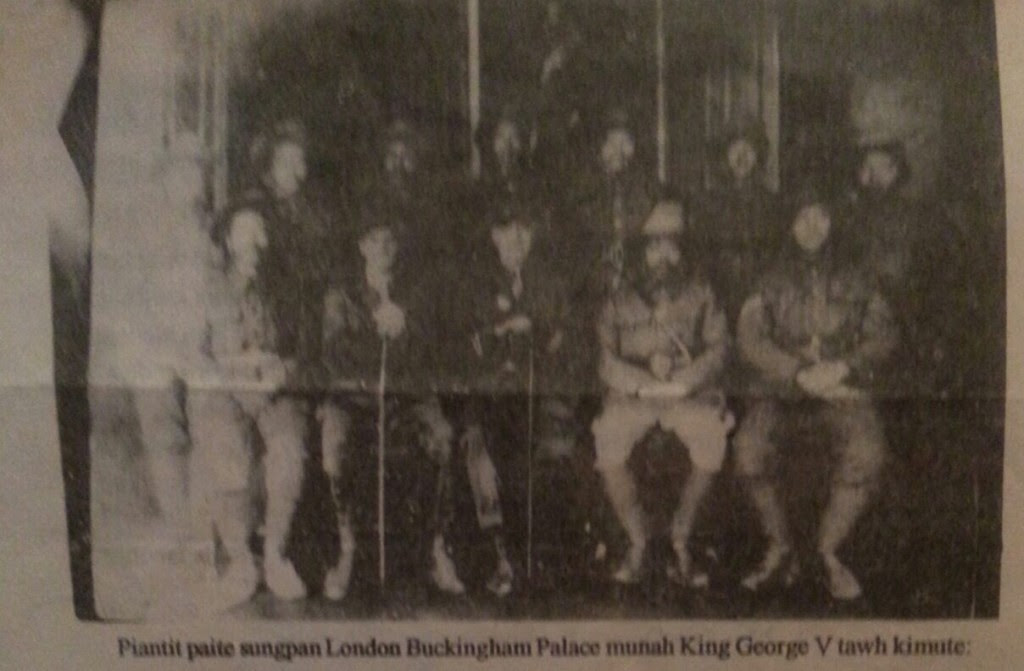
Chin who visited Bucking Palace 1918. Sitting. L-R 1) Thawng Za Khai (Muizawl), 2)White Field (3rd Lt), 3) Mr.Fowler (D.C), 4) Sub. Mang Pum ((Khawsak),5) Hav Vial Zen. Standing L-R. 1) Thiam Pau (Khuasak), 2) Song Theu (Tualzang), 3) Hau Za Nang(Heilei),4) Hang Khaw Cin (Tuitawh), 5) Vung Za Kham (Bumzang), 6) Kam Za Mang (Pangzang). Credit to John Mung (UK)
Certificate
The British government was grateful to the Chin who help them win the war. Thus, a certificate was given to the Chin labours “This is Certificate is given to ——————-who enrolled voluntarily as a mate in the Burma Labour Corp and worked in France for the British Government during the great war. He worked loyally and well in all; weather by night as well as by day and every advance and often dangerous condition and willingly and cheerfully bore his share of the burdens of the day. This fact should ever be remembered to his credit by those who have any dealings with him and may all officials deal with him and his family in a liberal way for he who placed his service at the disposed of the empire in its hour of stress may he and his family never be forgotten”.
Sd/-
F.O Fowler (Capt)
Rebellion in Chin Hills
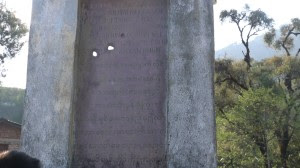 The recruitment for France labour corps had a huge significant impact in the Chin Hills. Although, the British managed to recruit over 3000 Chins from Falam, Tedim and Hualngo district, there was a different story for elsewhere. The Thado-Kuki first protested against the British and openly revolted against the British in order to stop the recruitment in December, 1917. The rebellion only came to an end on May 20, 1919, with the subjugation of the Kukis by the British Rulers. This rebellion is known as Thado-Kuki Rebellion of (1917-1919). During the recruitment in the Hakha region, the British demanded a fixed number of men from the Chiefs, but they said they would rather commit suicide than go to France. The Hakha region also revolted against the British in 1917 which is known as The Hakha Rebellion of 1917. 5000 Chin form Hakha region attacked the British post in Hakha but were later crushed by the Chin Hills Battalion. In Falam district, the Khuangli tribe marched to Falam to overthrow the British administration in late 1917, however, the Chin Hills Battalion knew their plan and crushed the rebelling party before they reached Falam. Consequently, many Chin died.
The recruitment for France labour corps had a huge significant impact in the Chin Hills. Although, the British managed to recruit over 3000 Chins from Falam, Tedim and Hualngo district, there was a different story for elsewhere. The Thado-Kuki first protested against the British and openly revolted against the British in order to stop the recruitment in December, 1917. The rebellion only came to an end on May 20, 1919, with the subjugation of the Kukis by the British Rulers. This rebellion is known as Thado-Kuki Rebellion of (1917-1919). During the recruitment in the Hakha region, the British demanded a fixed number of men from the Chiefs, but they said they would rather commit suicide than go to France. The Hakha region also revolted against the British in 1917 which is known as The Hakha Rebellion of 1917. 5000 Chin form Hakha region attacked the British post in Hakha but were later crushed by the Chin Hills Battalion. In Falam district, the Khuangli tribe marched to Falam to overthrow the British administration in late 1917, however, the Chin Hills Battalion knew their plan and crushed the rebelling party before they reached Falam. Consequently, many Chin died.
The Impact of World War 1 in Chin Hills
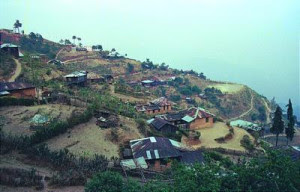 We have now marked the 100th anniversary of World War 1. The Great War had a huge impact in Chin Hills. Over 3000 Chin men went to served and 33 died during this War. We had 10 Chins who visited England and Buckingham palace. In the Chin Hills, many Chin died as a result of the uprising. The villages that turned against the Government at the time of its greatest need were severely punished. They were put to making roads and making an artificial lake. When they should have been in their fields they were making ammunition or later doing this forced labour. The result was a terrible shortage of food and many people died. The impact can be seen today in Chin Hills. The “Ralkap Tili (Soldier’s Lake)”, Falam Cinmual Football field, Falam Taungpat Road were the legacy of World War 1.
We have now marked the 100th anniversary of World War 1. The Great War had a huge impact in Chin Hills. Over 3000 Chin men went to served and 33 died during this War. We had 10 Chins who visited England and Buckingham palace. In the Chin Hills, many Chin died as a result of the uprising. The villages that turned against the Government at the time of its greatest need were severely punished. They were put to making roads and making an artificial lake. When they should have been in their fields they were making ammunition or later doing this forced labour. The result was a terrible shortage of food and many people died. The impact can be seen today in Chin Hills. The “Ralkap Tili (Soldier’s Lake)”, Falam Cinmual Football field, Falam Taungpat Road were the legacy of World War 1.
The Impact of World War 1 in Chin Hills
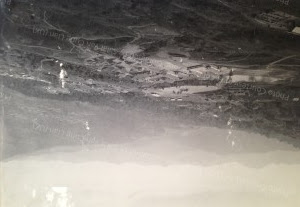 We have now marked the 100th anniversary of World War 1. The Great War had a huge impact in Chin Hills. Over 3000 Chin men went to served and 33 died during this War. We had 10 Chins who visited England and Buckingham palace. In the Chin Hills, many Chin died as a result of the uprising. The villages that turned against the Government at the time of its greatest need were severely punished. They were put to making roads and making an artificial lake. When they should have been in their fields they were making ammunition or later doing this forced labour. The result was a terrible shortage of food and many people died. The impact can be seen today in Chin Hills. The “Ralkap Tili (Soldier’s Lake)”, Falam Cinmual Football field, Falam Taungpat Road were the legacy of World War 1.
We have now marked the 100th anniversary of World War 1. The Great War had a huge impact in Chin Hills. Over 3000 Chin men went to served and 33 died during this War. We had 10 Chins who visited England and Buckingham palace. In the Chin Hills, many Chin died as a result of the uprising. The villages that turned against the Government at the time of its greatest need were severely punished. They were put to making roads and making an artificial lake. When they should have been in their fields they were making ammunition or later doing this forced labour. The result was a terrible shortage of food and many people died. The impact can be seen today in Chin Hills. The “Ralkap Tili (Soldier’s Lake)”, Falam Cinmual Football field, Falam Taungpat Road were the legacy of World War 1.
We Will Remember Them
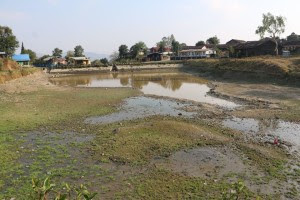 Today in the UK, a 2 minutes silence is observed to honour those who died in War. I am also wearing my poppy flower to remember those who were killed in action with the Chin Hills Battalion, those who served and died in the labour corps, those who died revolting against the British government and those who served and died during WW2. I am sure the Whole of Chin will join me in remembering them. God bless Chin State and the Chin people.
Today in the UK, a 2 minutes silence is observed to honour those who died in War. I am also wearing my poppy flower to remember those who were killed in action with the Chin Hills Battalion, those who served and died in the labour corps, those who died revolting against the British government and those who served and died during WW2. I am sure the Whole of Chin will join me in remembering them. God bless Chin State and the Chin people.
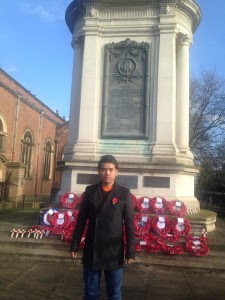
______________________________________
Many thanks to Pu Thang Za Dal and Pu Ro Dinga who supplied me with valuable information. Many thanks to those who help me in translating Tedim and Hualngo dialect. Many thanks to Graham Robinson who kindly proof read this. Others references:
1) Falam Centenary Megazine
2) Zolas Journal No.16, 2012
3) Siyin Region Baptist Association Tangthu.
4) Pioneer Trials, Trials and Triumphs by L.H Carson
5) Chin Hills Battalion Files 5) Personnel Archives


